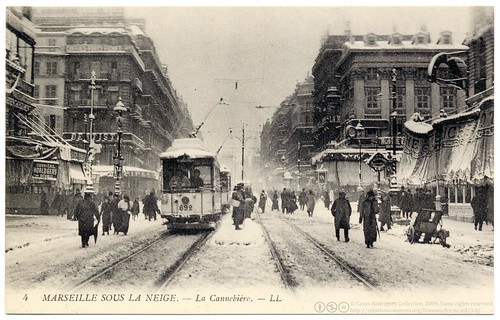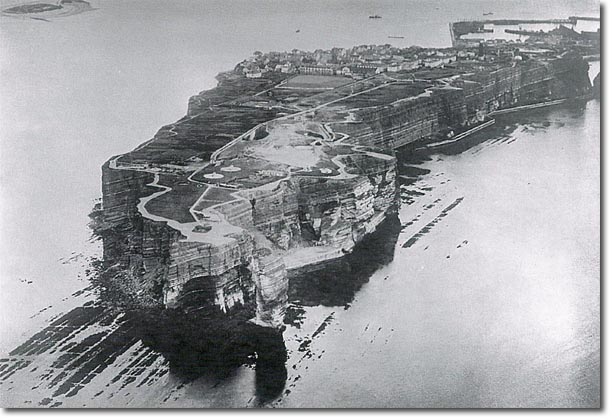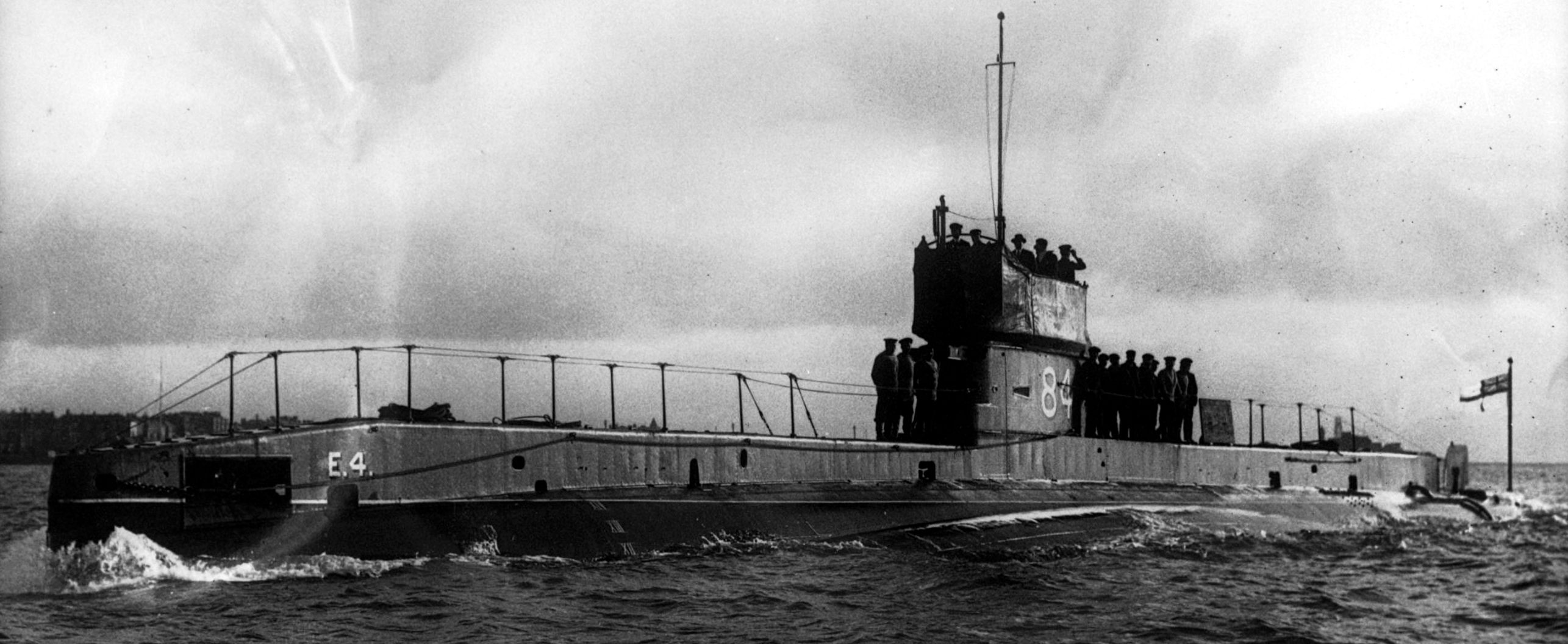I inherited a bound set of The War Illustrated from my paternal grandparents. One hundred years after its publication I am delving into its pages to discover the people and their times.
The War Illustrated of 29th August 1914 (above) says "
the French fleet are the most skilful and daring airmen in the world". I think the British were rather in love with the dashing French airmen who flew in the skies before the Great War and their admiration continued into conflict. There is a dispute to whether the1909 Paris (Le Bourget) or the 1909 Berlin Air Show was the first in the world but the first British Air Show was at Blackpool in Lancashire on 18th October 1909 and it was a French aviator, Henri Farman. that came away with the prize for the length of his flight. Here is a photograph by Walter Doughty, the Guardian's first ever staff photographer, of the event:-
This year of 1909 also saw
Louis Blériot made the first flight across the English Channel.
 |
| Commemorative Poster of Blériot landing at Dover from Wikipedia |
The Wright Brothers had only made the first powered flight in 1903 and a mere six years later air shows were taking place, suddenly all eyes were on the sky and the Blackpool event was attended by 200,000 spectators to be amazed at the marvels of flight. They were not too overawed as they also managed to consume 36,000 bottles of beer, 40,000 dozen bottles of minerals, 500 cases of champagne, 600 cases of whiskey and just to keep body and soul together ate 500 hogshead, 1000 hams and 2000 pork pies. It is sad there will be no air show at Blackpool today as the recent owners, Balfour Beatty, have put it up for sale and from this month closed the airport down. It is suspected that they do not expect a buyer and their ultimate interest is the land that will be more profitable for their house building interests. Its a shame that the UK does not have a joined up transport policy, and it would be admirable if Blackpool retained commercial flights, but the airport has gone through many changes in its lifetime. Following a Flying Carnival in 1910 it changed into a racecourse (an unsuccessful venture) and during the First World War the land and buildings were used by the King's Lancashire Military as a Convalescent hospital.

The early aviators on outbreak of war turned their thoughts away from record breaking flights to reconnaissance flights and how to drop bombs from planes.
and the War Illustrated of 3rd October 1914 showed one of their objectives as "
Daring Raid on Düsseldorf by British Airmen"
The objective was the Zeppelin sheds and the magazine portrays two British airmen. The one on the right is Captain Robin Gray but so far I have been unable to find a mention of him on the raid and only a question to whether he was called Grey or Gray (there are a number of Royal Flying Corps named Robin Grey/Gray). I suppose an answer would be to consult the French National Archive on the Legion d'honneur recipients but they have not digitised their collection. We are on happier hunting grounds for Flight-Lieutenant Charles H Collet because the London Gazette of the 23rd October 1914 (p8509) reported:
"On 22nd September CH Collett, Royal Naval Air Service (Naval Wing of the Royal Flying Corp) flying a Sopwith Tractor biplane made a long flight and a successful attack on the German Zeppelin Aircraft Shed in Düsseldorf.
Collet's feat is notable - gliding down from 6,000 ft, the last 1,500 ft in mist, he finally came in sight of the Airship Shed at a hight of 400 ft, only a quarter of a mile away from it.
Flight Lieutenant Matrix, acting under the order of Squadron Commander Spenser Grey, carried out a successful attack on the Düsseldorf Airship Shed during the afternoon of 8th October. From a hight of 600 ft he dropped two bombs on the shed and flames 500 ft high were seen within thirty seconds. The roof of the shed was also observed to collapse"
The "
map showing the country traversed" in the raid on both the Düsseldorf and Cologne sheds, for its time an amazing feat of navigation in unreliable aircraft and in bad weather which obscured the target for three out of four pilots, in fact Spenser Grey couldn't find the sheds and bombed the railway station instead. Flight Lieutenant Reggie Matrix destroyed the Z9 and a dirigible but his machine was struck and damaged then he ran out of fuel 20 miles short of Antwerp on his return. It is said he got back "
by bicycle he got from a peasant and a car he took".
Charles H Collet (4 Feb 1888-19 Aug 1915) received the DSO for his Düsseldorf raid but died in an aircraft accident on Imbros, Turkey and is buried on the Gallipoli peninsula.
Addendum
For an informative and entertaining read on the "
wildly optimistic" raids on the Zeppelin sheds see the article
"The Royal Naval Air Service in Antwerp, September-October 1914" by Bridget Pollard (
pdf here) on the British Commission for Military History site.
"100 Year of Flying from Blackpool "
BBC Lancashire, 24 September 2009
.jpg)





















